The seeds of this article were planted 7 years ago by a random weekend visit to Donnybrook Springs with my family. Since that time, various information has floated about on the hard-drive of my computer, but never pieced together. Time moves on, things happen. And indeed if they did not, there would be no purpose for the word ‘history’. Regardless, 7 years is ample time for an article to marinate and it is now my pleasure to present ‘Donnybrook Springs’ to you in its completed state.
Introduction
The area around Donnybrook was originally known to European settlers as ‘Rocky Waterholes’, the name of a nearby cattle run and natural springs near Merri Creek, known today as Donnybrook Springs.
Donnybrook Springs are one of the lesser-known springs of over 100 mineral springs in Victoria, Australia and are located north of the Donnybrook Railway Station, accessible by gravel side road (appropriately named Springs Road). They are the closest mineral springs to Melbourne and are one of the oldest known locations in Victoria. As a scooped out depression on the creek bank, the springs were first used by early settlers and rabbiter’s and train firemen were also reported to have used the spring.1 It is also not unreasonable to think that its existence was known by the traditional custodians of the land.
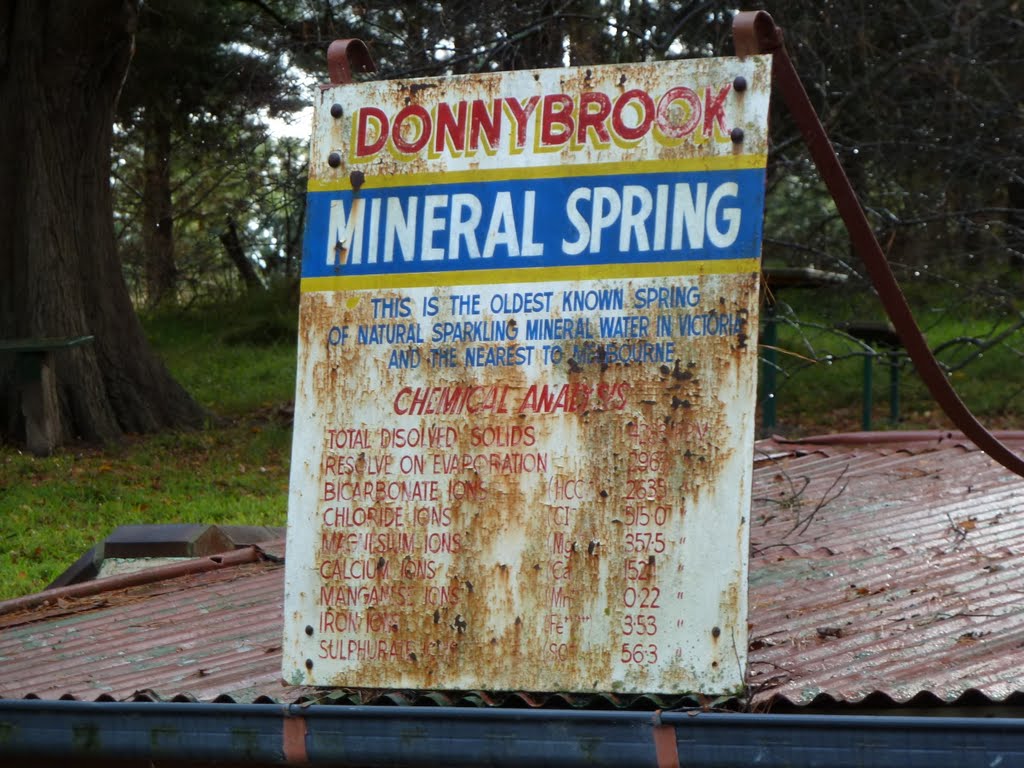
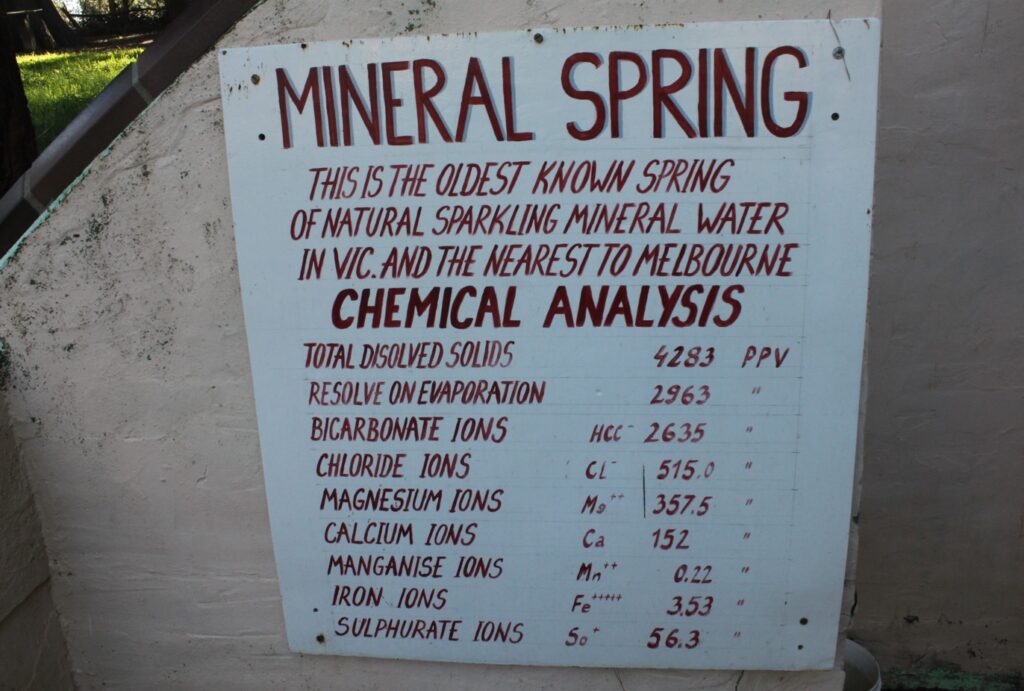
Discovery
The official discovery of Donnybrook Springs are detailed in section 3.6 of a mineral springs report2 in 2004 by Andrew Shugg, a member of the Victorian Mineral Water Committee:
“In 1855, Dr Maund the State Analyst noted the occurrence of effervescent mineral water on the banks of the Merri Creek at Donnybrook.”
This same report contains details of the water from the spring being analysed by Dr Maund 19 years later in 1874.
In 1910, Donnybrook Springs are visible on a map issued by the Department of Mines Victoria and are referenced as Spring No. 73. But it wasn’t until January 4th, 1912 that the first formal report of the springs by Mr. E.J. Dunn, the State Geological Director was publicised in The Argus and The Age newspapers.3
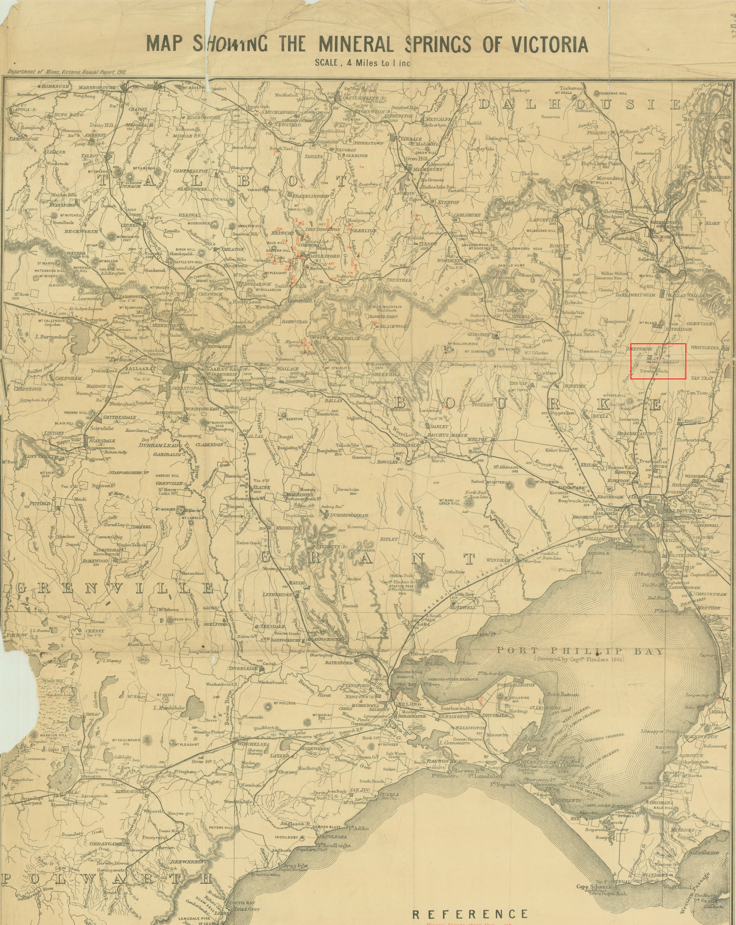

Details and location
The report by Dunn provides details of two springs in the Donnybrook area and recommends further development and that they are made available to the public:
“There are two mineral springs in this locality; at half a mile north of the station, in lot 23, parish of Kalkallo, on the west bank of Merri Creek, and only five chains west of the railway, is the nearest, or No. 1, spring.”
“About a yard south of the pipe there is another small Spring, also with much gas.”
“Two miles north of Donnybrook railway station, in lot 3, parish of Merriang, four chains westerly from the railway viaduct across Merri Creek, and right in the bed of the creek, is No. 2 spring.”
No. 1 Spring is located in lot 23, Parish of Kalkallo 800m north of the Donnybrook Railway Station and 100 m west of the railway line.4
No. 2 Spring is located in lot 3, Parish of Merriang 3.3 km north of the Donnybrook Railway Station,and 80 m west of the railway line.5 R. Friday and I. Krusic of Golder Associates reported that there was no gas or flow from the northern spring MS 73A in April 19966 and as per page 75 of a Mineral and Spring Water Resource Protection Discussion Paper from 19967 the No. 2 Spring is “undeveloped”.

However, it is evident today that for the No. 1 Spring, the recommendations by Mr. Dunn and the endeavours in 1912 to develop the spring came to fruition.
“… even for a potable water this spring is a very valuable one and should prove a great attraction. Its proximity to the city should make it a popular resort.”
“As is the case of No. 1 spring, this should provide a great attraction when made ready for visitors.”
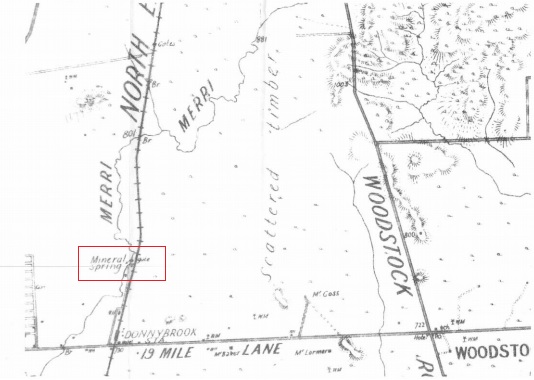
Commercialisation
On August 3rd, 1911 an article in The Kilmore Free Press newspaper shows that G. A. Bennett proposed to “take the discharge water of a small spring of mineral water on the bank of the creek and sell it for local use or in the city”.

The report of the springs by Dunn also mentions Bennett as follows:
“Mr. Bennett has secured the freehold, and is busy carrying out many improvements, with the object of rendering the water available to the public.”
But “rendering the water available to the public” would not be without a cost to the consumer and this is the first known attempt at commercialising the Donnybook Spring waters.
On November 1st, 1912 “Donnybrook Mineral Springs Pty. Ltd” was established8 and there appears to be no further involvement from Mr. Bennett.
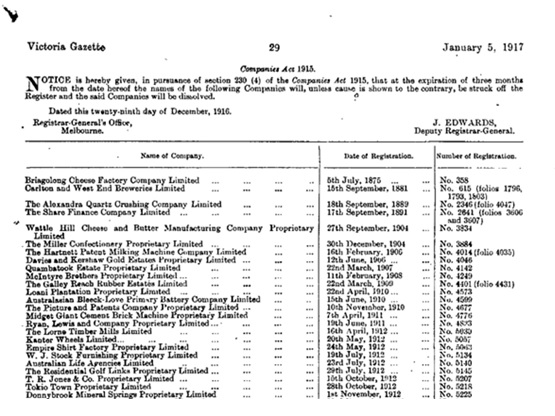
Donnybrook Mineral Springs Pty. Ltd marketed the spring water as “Donny Water” with the water being bottled by P. G. Dixon and Co., an aerated water and cordial manufacturing company based in Rosslyn Street, West Melbourne.
Their first advertisement appeared in The Herald newspaper on January 21st, 1913 hailing the spring water as “THE KING OF ALL SPRING WATERS!” and claiming that it had medicinal qualities.

Further advertisements used the following catch-phrases, with a particular focus on combining it with whisky.
- Donny Water imparts a better flavour to whisky than any other water9
- Ideal water to take with your whisky10
- The man who knows always adds Donny Water to his drop of whisky, and how happy he is!11
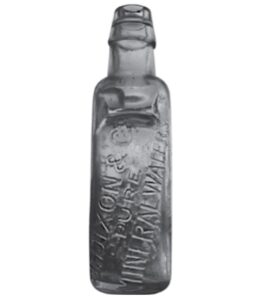
In February 1914, P. G. Dixon and Co. went into receivership with the whole of the business including premises, buildings, machinery, stock and working plant planned to be auctioned.

But P. G. Dixon and Co. appear to still be operating in some capacity in April 1914 by the following advertisement placed by Donnybrook Mineral Springs Pty. Ltd :
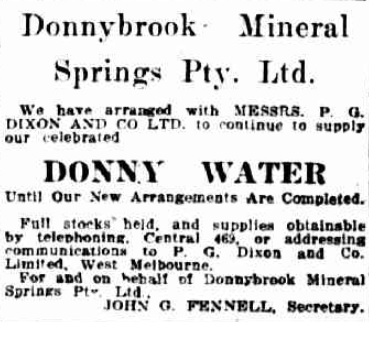
However, this was their last advertisement for “Donny Water”. In February, 1915 an advertisement in The Argus newspaper shows that Donnybrook Mineral Springs Pty. Ltd had gone into liquidation. The business was deregistered a few years later on May 9th, 1917.12

In 1920, an attempt was made to commercially bottle the spring water by O.T. Ltd.13 O.T Ltd. was initially established in 1898 as as the Prahran Ice and Aerated Water Company by John Dixon (no relation to P. G. Dixon) and produced soft drinks including soda water, lemonades, ginger ale, sarsaparilla, tonic water, ginger beer and cordials of all flavours.
On the 19th March, 1925 an article in the Kilmore Free Press14 newspaper references a mineral water bottling industry in the district with “the mineral water being derived from natural springs at Donnybrook.” It is unclear, but also unlikely that this is in reference to O.T. Ltd.
A pleasant and enjoyable place
The Donnybrook Springs had now become a popular tourist attraction and was frequented by patrons from the local farming districts and metropolitan suburbs. Members of the Coburg Cycling Club were regular visitors with many runs to the Donnybrook Springs over the years.
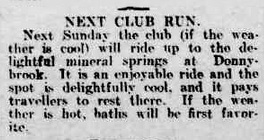
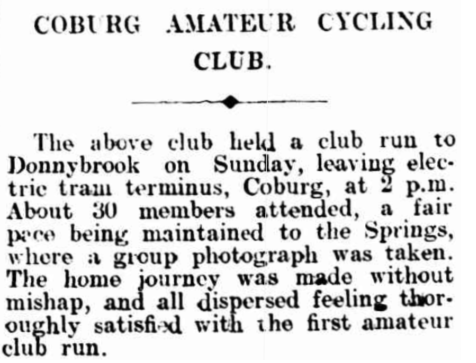


In article in The Argus newspaper on December 8th, 192415, shows that the popularity of the Donnybrook Springs had caught the eye of the Tourist Bureau:
“Officers of the Tourist Bureau will visit Donnybrook shortly to inspect the mineral springs – on account of the increasing tourist traffic and the approach of summer, when large numbers visit the district.”
In 1936, 300 people patronised the Donnybrook Springs16 where “delightful weather, tasty afternoon tea, and an abundance of Donnybrook’s spa water made up an enjoyable outing.”17

Further Development
Various endeavours to monetise the spring water and the land surrounding it continued.
In 1935, the land was bought from the Crown by J. H. Stone and an accommodation resort was developed.

An article in the Kilmore Free Press newspaper on November 14th 194618, confirms Mr. Stone as the owner and that “he had spent a lot of money on it”. The article also mentions “a defunct aerated water firm had held the site”, prior to J. H. Stone acquiring it.

In 1953, the property was purchased by a German immigrant named August Sattler who used the mineral water to produce soft drinks and sold them under the name of “Donny Spa.” He turned the 12.5-hectare site into a recreational area around the spring and built barbecues, undercover huts, a kiosk, toilets and lots of playground equipment. On the weekend’s, horse and cart rides were conducted. During this time the area was a popular weekend outing destination.

The piping of the spring was reconditioned in 1958, but the accommodation side of the business started by W.H Stone was discontinued in the 1960’s.
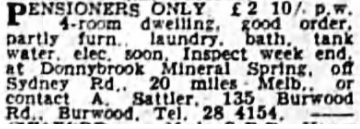
From this time onwards until the 1980’s, information regarding the Donnybrook Springs is scarce but it does appear to have fallen into some disrepair as per the following accounts from those who visited it during this time:
“I visited Donnybrook Springs several times 1950 ‘s – 1970’s always reasonably depressing. Grounds etc. not in good order. Last visit was in 70’s with my 4 small boys (a work outing). Terrible day nothing for kids to do. An exception was the folks who looked after the place bred Blue Heeler dogs”
“Had a picnic there, it was not what you would call a very well kept area, it seemed to be part of a local farm.”
In September 1980 a 32m deep bore was drilled at the spring by the Mines Department in an attempt to improve the spring water delivery.19
The following photo from the Whittlesea Post newspaper provides evidence that the Donnybrook Springs grounds were still in usage in 1982.

Donnybrook Mineral Spring and Picnic Park
The following is a summary from the book “Is this your Caruso? Giography of tenor Luigi Campeotto”
In 1983, Donnybrook Springs caught the eye of Luigi Campeotto, a professional tenor working for Opera Companies. Losing his inclination for adoring crowds and growing weary of the pretence of show business, the property provided the perfect opportunity for a tree change for Luigi, his wife Jackie and their son Angelo.
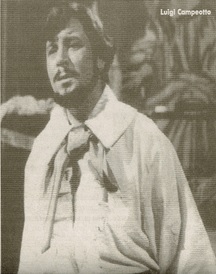
After taking out a mortgage and purchasing the site for $230,000, Luigi retired from the public eye and with the help of his wife and son, set to work to establish a picnic ground and build a tourist park on their new homestead.
It was far from a glamourous lifestyle and they lived in a very small bungalow made from tin. Using the bathroom, shower, or kitchen required walking from one location on the grounds to another. Much of their time was spent cleaning and tidying up from the crowds who frequented the springs and rented out the bungalows.
There was little income during the winter season due to few tourists being interested in renting out the campsites or bungalows in cold and wet conditions. But the Campeotto family persevered and worked incredibly hard to make their “Donnybrook Mineral Spring and Picnic Park” successful.
The train ride and playground equipment available to children made the park an attractive and popular place for families to spend their holidays and where mum and dad could sit back and relax. The rural environment at the park allowed one to breathe fresh air, live close to nature, and to witness the various native fauna that inhabited the property.
On many occasions Luigi sang to the visitors of the site who were enraptured by his voice and pleaded for an encore.
In the late 1980’s there were approximately 40,000 visitors to the park annually but Luigi dreamed for more and had a vision on how to increase patronage as indicated by an article in one of the local newspapers:
“Grand plans are afoot to make Donnybrook a bustling health spa and resort town. Luigi Campeotto, formerly an opera singer, now the owner of the Donnybrook Mineral Spring and Picnic Park, plans to build a $1.5 million natural spa complex that will include an indoor swimming pool, mineral baths, inhalation cubicles, massage rooms, hydrotherapy and physiotherapy rooms.”
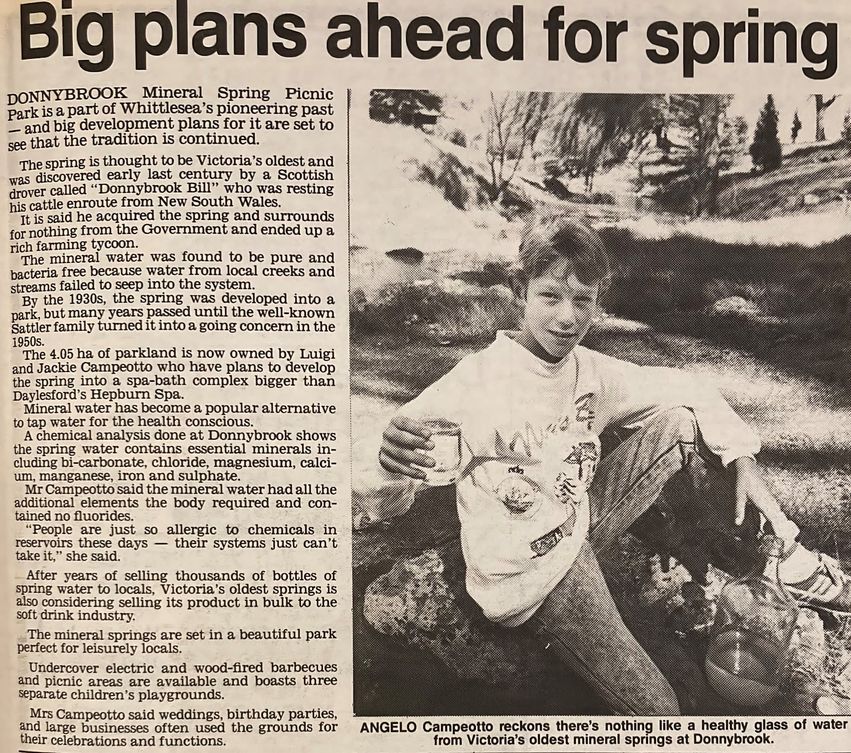
As there were few spa resorts in Melbourne at the time Luigi was positive that a resort in Donnybrook would not only provide Melbourne with an asset for its own community but would also be an enormous tourist attraction. Given the property was already mortgaged and with no way for Luigi to raise fund by his own means he needed to find a financial backer to make his scheme viable. But few people came forward.
Then, in the early 1990’s Australia entered a recession as a result of international markets crashing around the world. Interest rates soared to 17% or more which made it impossible for Luigi to meet his mortgage repayments. But by making promises to bring his loan up to date, Luigi was amazingly able to defer a foreclosure for a number of years.
In 1995, it seemed that a solution to his financial woes was at hand when Chinese businessman from Sydney inspected the park and showed a great deal of interest in acquiring the property. The businessmen were also planning to purchase the land behind the springs where they could plant Chinese gardens, run a steam train and build a playground and an amusement park. Their proposal came with the caveat that Luigi must remain and stay on to manage the place. But this was an impossible proposition for Luigi as he did not want to be tied down with the business once it was sold. Ultimately the deal fell through and shortly afterwards the banks, which had shown amazing patience foreclosed the mortgage without further notice. Luigi was declared bankrupt, stripped of everything he owned, and ordered off the property.
All that the Campeotto family had worked for over the last decade was now lost and Donnybrook Springs had seemingly claimed yet another business victim.
Luigi fell into deep depression for quite some time after this, but was able to regain his composure and return to Opera singing in 1997. He subsequently performed before the Governor of Victoria and at arts festivals and charity functions all over Australia.
For Sale
As per an advertisement in The Age newspaper on On October 1st, 1995 The Donnybrook Mineral Spring and Picnic Park formerly owned by Luigi Campeotto was placed for auction. It is described as being 12 acres of lush surroundings in an unspoiled rural setting with a unique mineral spring and bottling license.
A further advertisement in The Age newspaper on October 23rd, 1995 shows that no sale eventuated and that The Donnybrook Mineral Spring and Picnic Park is listed with a reserve price of $360,000.
Nine months later Donnybrook Springs is again advertised for sale in The Age newspaper on July 27th, 1996. The advertisement mentions “substantial shedding and recreation facilities”.
An auction was scheduled for the 24th August, 1996 but it is not known if a sale was made.


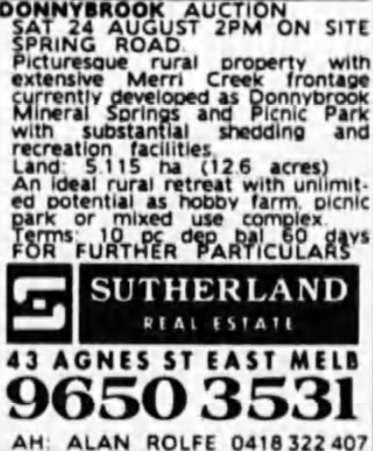
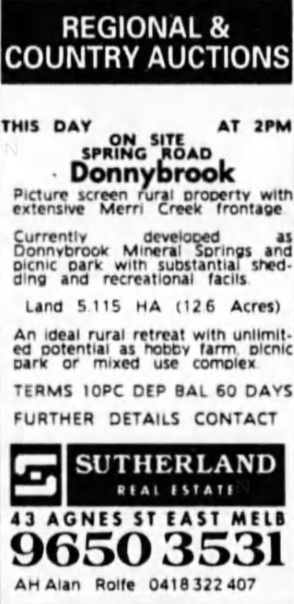
Donnybrook Springs today
In 2002, “Donnybrook Mineral Springs and Picnic Park” was purchased by the Macedonian Orthodox Church who today have transformed the area into a spiritual haven.
Initially, a small whitewashed church was built and filled with icons and elaborate woodwork. In 2006, work commenced on a larger church based on a Byzantine design, with domed ceilings and bricks with images such as lambs to represent Jesus Christ. It is known as St Prohor Pcinski Macedonian Orthodox Church.
A small animal farm including ponies, alpacas, dogs, cats, chickens, geese, parrots, pigeons and a peacock has been established. There is also a green park and swings for children. Some of the older play equipment from the days of the Campeotto’s “Donnybrook Mineral Spring and Picnic Park” and before remained on the grounds until at least 2014, but now appear to have been removed.


People from Melbourne and the surrounding area, including many Macedonians visit the church and its grounds with their families, where all are welcome.
The following video taken in 2018 shows people dancing and enjoying the grounds.
Conclusion
Over its lifetime, Donnybrook Springs have been witness to and the subject of many changes. And since its discovery by white settlers nearly 150 years ago it has now waned or wavered in supplying water which is claimed to have medicinal and healing properties. Yet we have failed to return its kindness. Immediate attempts were made to monotonise the Donnybrook Springs and to turn a profit, although none were successful.
Henry Ford, the founder of the Ford Motor Company said that “Failure is only the opportunity to begin again, this time more intelligently.” But we must question if each failure at Donnybrook Springs resulted in a new beginning involving more intelligence.
From initial attempts to sell the spring water by Donnybrook Mineral Springs Pty. Ltd, O.T. Ltd and other water manufacturing companies – to the spring area itself being developed as an accommodation resort by J.H Stone and later as a recreational area by August Sattler, none of the ventures survived. And whilst the Campeotto family put their heart and soul into establishing the site as a tourist park with dreams of expanding it into a health spa complex, that which had protected Donnybrook Springs from activities which would ultimately result in its harm or demise yet again intervened.
But not all that has eventuated at Donnybrook Springs has been bad. Certainly, the grounds and spring water has been enjoyed by countless people over the years involving a multitude of sporting, school, family and church groups. Those who have visited Donnybrook Springs look back upon their visits with fondness and happiness.
It is said that many things don’t end, they just begin in a new way. The same rings true for Donnybrook Springs in that the accumulation of all past failed business ventures has resulted in a new beginning. As one now enters the grounds, they are overcome with a sense of peace and wellbeing as if though their usage today by the Macedonian Orthodox Church is accepted.
With all that has transpired at Donnybrook Springs it is not unreasonable to think there are Guardians who exist to provide protection to this natural wonder from the expense of man’s pursuit of wealth and greed. They are now at rest and the magical and healing properties that flow though the Donnybrook Springs waters are once again assured for many, many years to come.
References
3 https://trove.nla.gov.au/newspaper/article/197409457
https://trove.nla.gov.au/newspaper/article/11643771
5 ibid.
6 ibid.
8 Victoria Government Gazette No. 3. January 5th, 1917
9 https://trove.nla.gov.au/newspaper/article/241840766
10 https://trove.nla.gov.au/newspaper/article/241534592
11 https://trove.nla.gov.au/newspaper/article/242148154
14 https://trove.nla.gov.au/newspaper/article/58092573
15 https://trove.nla.gov.au/newspaper/article/2082276
16 https://trove.nla.gov.au/newspaper/article/11887012
17 https://trove.nla.gov.au/newspaper/article/58106777
18 https://trove.nla.gov.au/newspaper/article/58155654
Acknowledgments
I would like to thank Connors Roberts whom I frequently use as a sounding board and bounce ideas around with. His encouragement led to researching this article in further depth than initially anticipated.
I would also like to express my sincere gratitude to the Whittlesea Historical Society, in particular Tanya Gook for taking an interest in this article and for investigating if any information on the Donnybrook Springs was available in the societies’ records.
Finally, a thankyou to Chris Scull from the ‘Thomastown Area Local History Group’, who provided the ‘Temporary classroom’ and ‘Big plans ahead for spring’ newspaper articles from the Whittlesea Post.


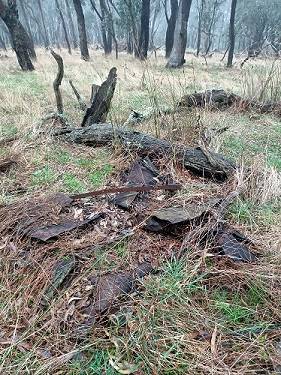
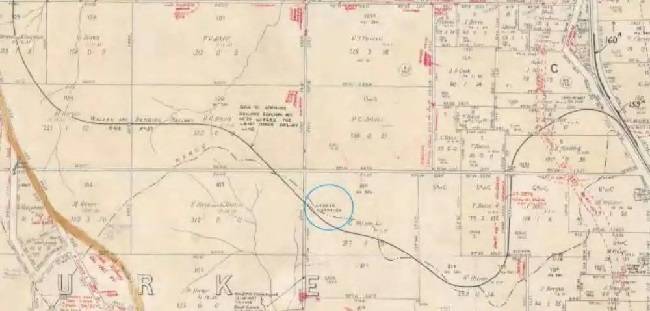
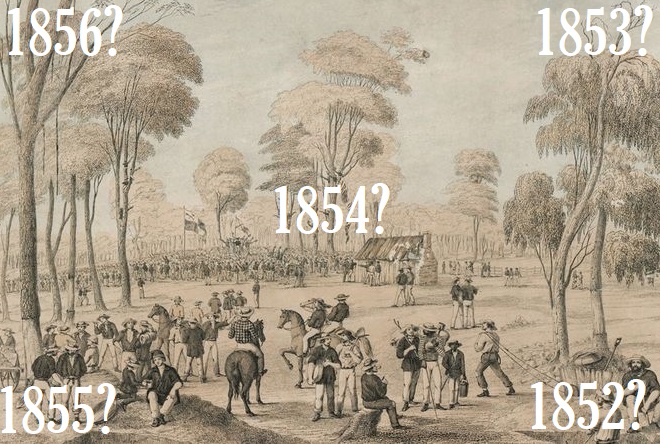
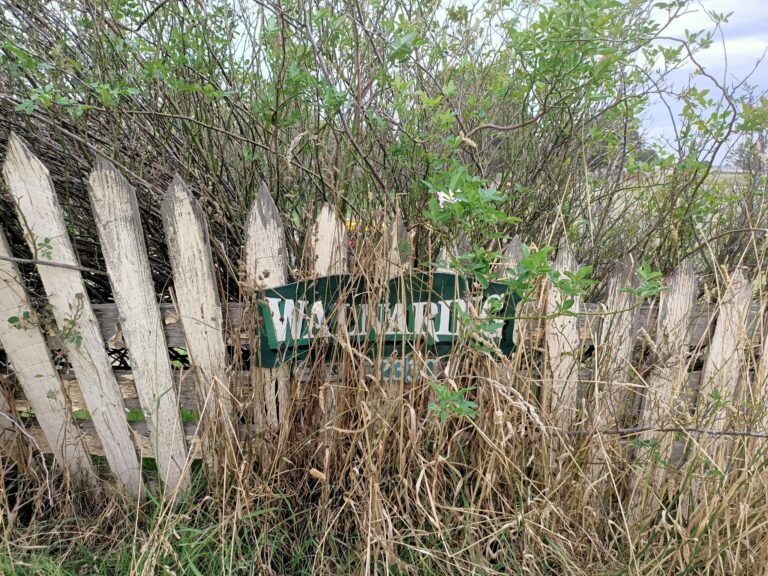

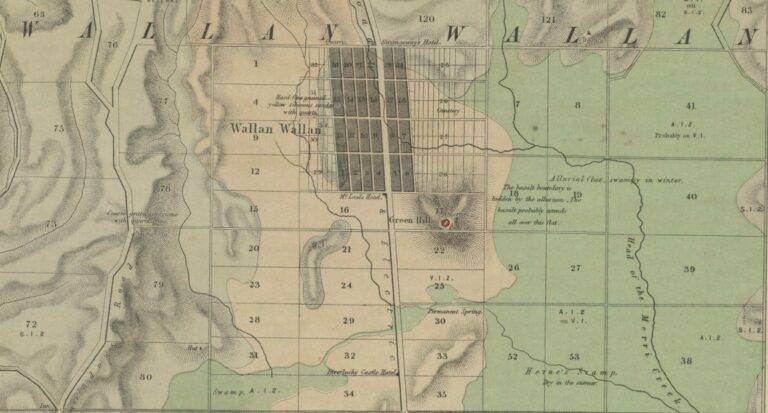
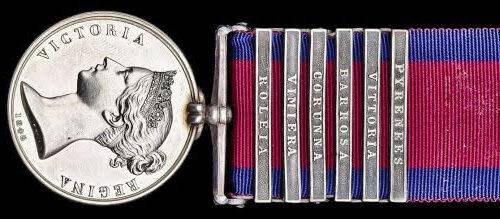



Fantastic effort Richard. I too have fond memories of visiting the springs for picnics back in the early 80’s 😊
Well done Richard
Great work ,Richard .i visited the springs several times as a child in the early 60s ,fond memories
very interesting …just moved to Kalkallo